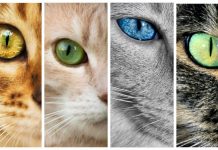#5. Cutest Animals: Chevrotain
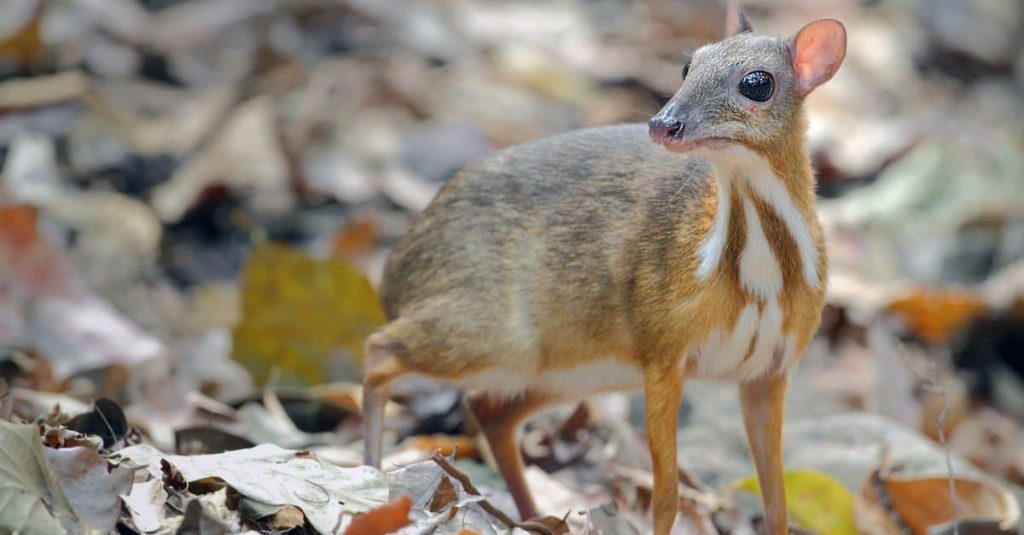
The Chevrotain (Tragulidae), also known as the mouse deer. Chevrotains are native to the warmer parts of Southeast Asia, India, and parts of Africa.
The chevrotain is the world’s smallest hoofed mammal or ungulate. Scientists say they have rediscovered a type of chevrotain that had been “lost to science” for nearly 30 years.
There are several species of chevrotain, and they’re all tiny. Depending on the species, a chevrotain can weigh anywhere from 4 to 33 pounds. The smallest is the lesser Malay, and the largest is the water chevrotain.
This cute little baby looks like a tiny deer with the face of a mouse. This adorable animal, however, is under threat from habitat destruction and hunting
#4. Cutest Animals: Sea Otter
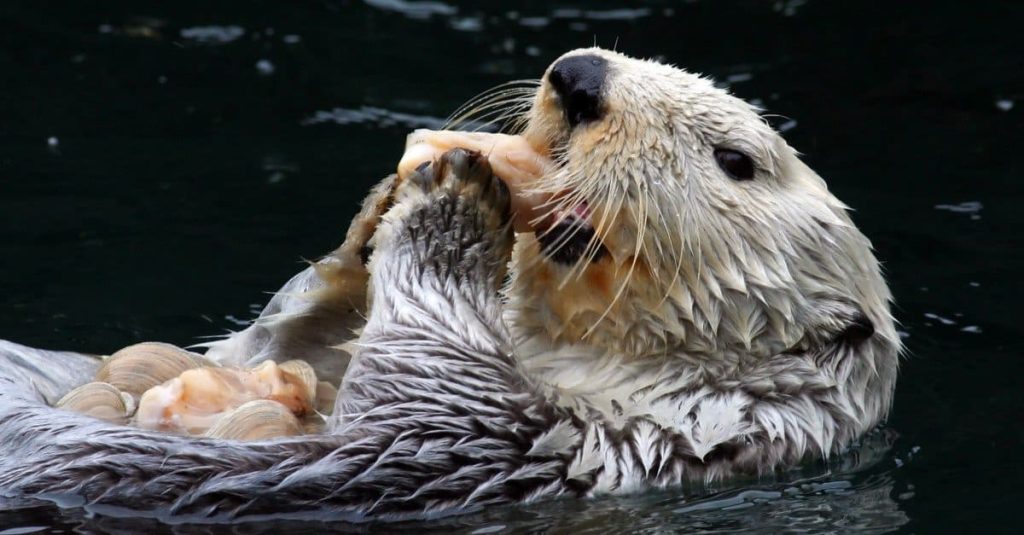
Recently, a sea otter named Joey captured the hearts of YouTube viewers who watched as he was rescued from near-death and raised at an otter sanctuary in Canada. Joey’s daily fight for survival and his love of toys drew millions of viewers.
That’s not surprising, since a sea otter is one of the most adorable animals on land or sea. The smallest marine mammal, the sea otter (Enhydra lutris) is a marine mammal native to the coasts of the northern and eastern North Pacific Ocean. About 90% of the world’s sea otters live in Alaska.
What makes this furry ocean animal so cute? It has a small, round face and a tendency to float on its back in an adorable position. Even more enchanting, sea otters are known to hold hands when they float on the water together.
Sadly, sea otters were hunted to near extinction, and their population has not fully rebounded. Today, they are classed as endangered.
#3. Cutest Animals: Fennec Fox, the Smallest of All Foxes
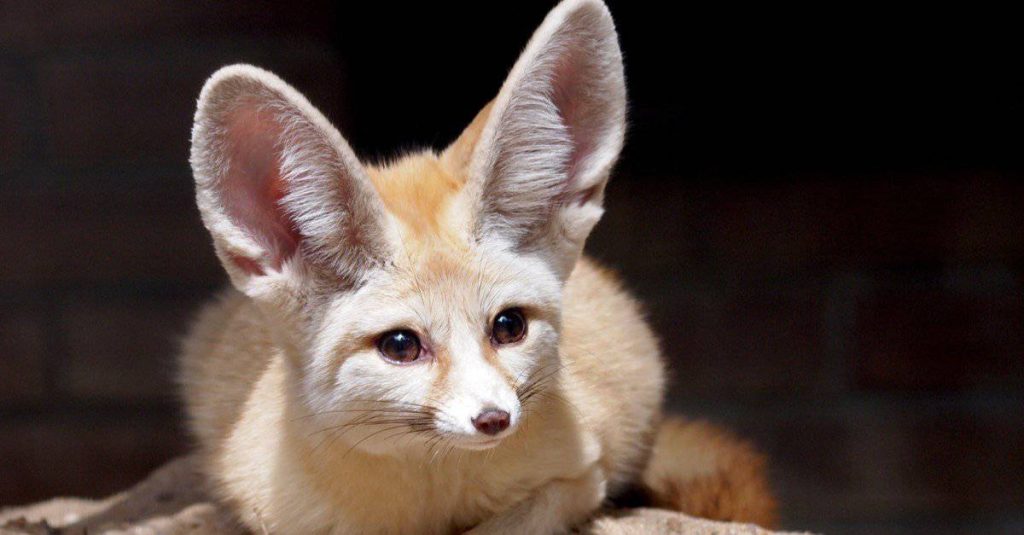
The national animal of Algeria is also a delicate, slender beast with a baby face, fluffy paws and enormous ears.
The fennec fox (Vulpes zerda) is a small fox that’s native to the Sahara Desert. It lives in Morocco, Mauritania, northern Niger, Egypt, and the Sinai Peninsula. Its big ears help it shed heat, which is how it can survive in those hot climates. The thick fur on its feet protects it from the scorching desert sands. It feeds on small birds, rodents, fruits, and reptiles. The smallest member of the canid family, a fennec fox only weighs about four pounds.
This cute fox lends its name to Algeria’s national football team, Les Fennecs. It is a protected species in Algeria, Egypt, Morocco, and Tunisia.
Fennec foxes are plentiful, and they are listed as “least concern” for conservation status.
#2. Cutest Animals: Black-Footed Cat – Small but Fierce
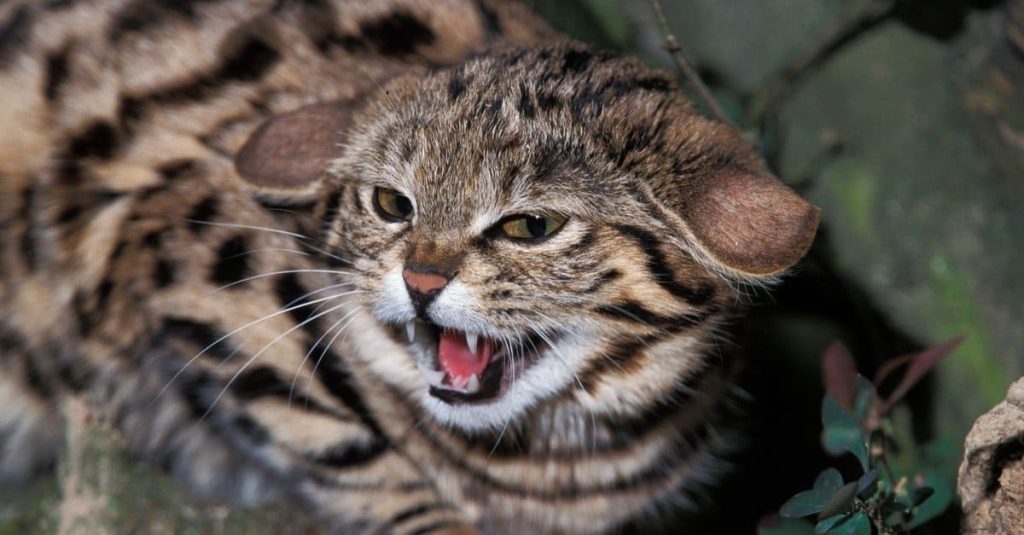
The black-footed cat (Felis nigripes), also called the small-spotted cat, is the smallest wild cat in Africa and one of the smallest wild cats in the world. It stands between 14 and 20 inches tall. It has black or dark brown feet and a gorgeous, black and silver spotted coat.
This adorable wild cat has a small, round face and pointed ears. Its kittens weigh only three ounces at birth.
The black-footed cat is a nocturnal hunter that preys on birds, small rodents, and occasionally rabbits. In Africa, these little cats are known for their fierceness. One legend has it that a black-footed cat can bring down a giraffe.
Black-footed cats are found only in Botswana, Namibia, and South Africa. They live primarily in grass plains, scrub desert, and sand plains, including the Kalahari and Karoo Deserts. The Wuppertal Zoo, Cleveland Metroparks Zoo, Brookfield Zoo, and Philadelphia Zoo have had success breeding black-footed cats in captivity.
#1. Cutest Animals: Quokka – The World’s Happiest Wild Animal
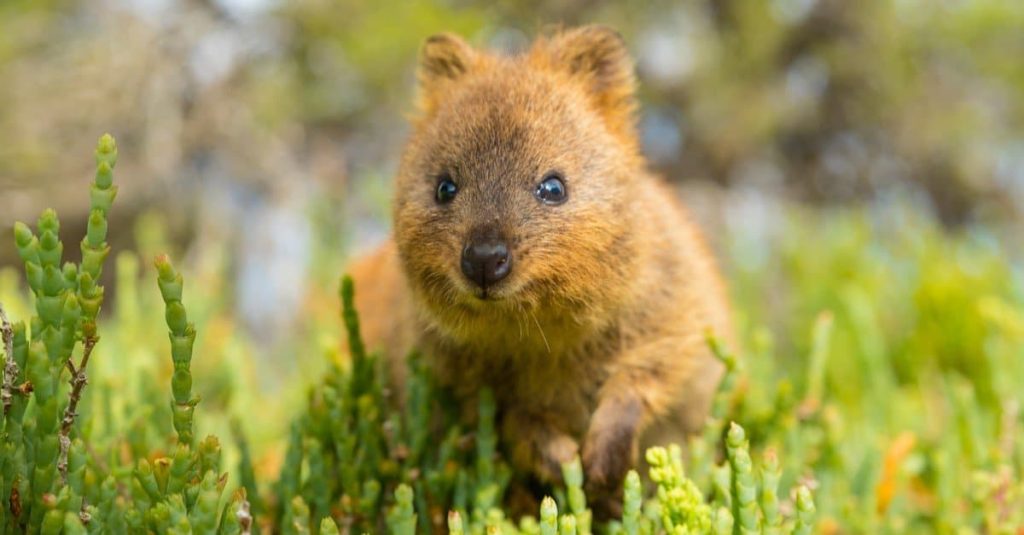
In the world of cute animals, it’s hard to pick just one winner, but the quokka’s friendliness gives it the edge. This small, cuddly creature is known for its sunny personality.
The quokka (Setonix brachyurus) is also known as the short-tailed scrub wallaby. It is a small, round creature about the size of a cat. Its face looks like a cross between a mouse and a rabbit. The quokka is a marsupial. It’s nocturnal and carries its young in a pouch.
The only place quokkas live is on Rottnest Island off the coast of Australia. It is one of the most remote locations in the world. Despite this, they have become so popular that they are now a tourist attraction. Locals say if you really want to show your love for quokkas, you should support conservation efforts that help preserve their territory. Quokkas are officially listed as “vulnerable” because of habitat loss.



















